Conflict can be the result of bringing different people together in a stressful situation, or from a situation where the best path forward is unclear. Conflict is no stranger on Outward Bound courses, and our students learn conflict shouldn’t be avoided—it can be a sign that individuals feel comfortable enough to disagree with others. However, too much conflict is unhealthy for a group, and it can get in the way of being productive and working toward a goal.
The vast majority of us can benefit from revisiting these lessons year after year. Here are seven tips to practice the next time you find your team in conflict.
1. Be in the moment, but not too much in the moment.
When tempers flare, the rational brain can’t be accessed—people are literally beyond reason. If you attempt conflict resolution with escalated people, you’ll quickly realize you’re just in conflict, not resolution. Wait too long and the details are forgotten. Some may be uninterested in digging up the past, while others may have been bottling up resentment. During and immediately after a conflict, make a plan for when to revisit it, and then follow through.

Photo by Lenny Mcgirr
2. Control the stage.
As a facilitator, there are many small actions you can take to set your team up for success when entering the conflict resolution process.
Choose who needs to be a part of the conversation. Is it a teachable moment for everyone, or would the aggrieved feel more comfortable in a smaller setting?
Sit rather than stand—it de-escalates people.
Choose a circle rather than two sides squared off against each other. If you do find yourselves at a table, mix up the seating arrangement to avoid “us versus them.”
Remove time constraints and minimize interruptions. Make sure your team is fed but not distracted by eating.
Appear calm yourself, and this can be a tricky one. Appearing calm and being calm are two separate things. Conflict resolution can be nerve-wracking, especially when the outcome is unknown. Feel your feelings, but practice breathing and grounding yourself to speak steadily. Your team will follow your lead.
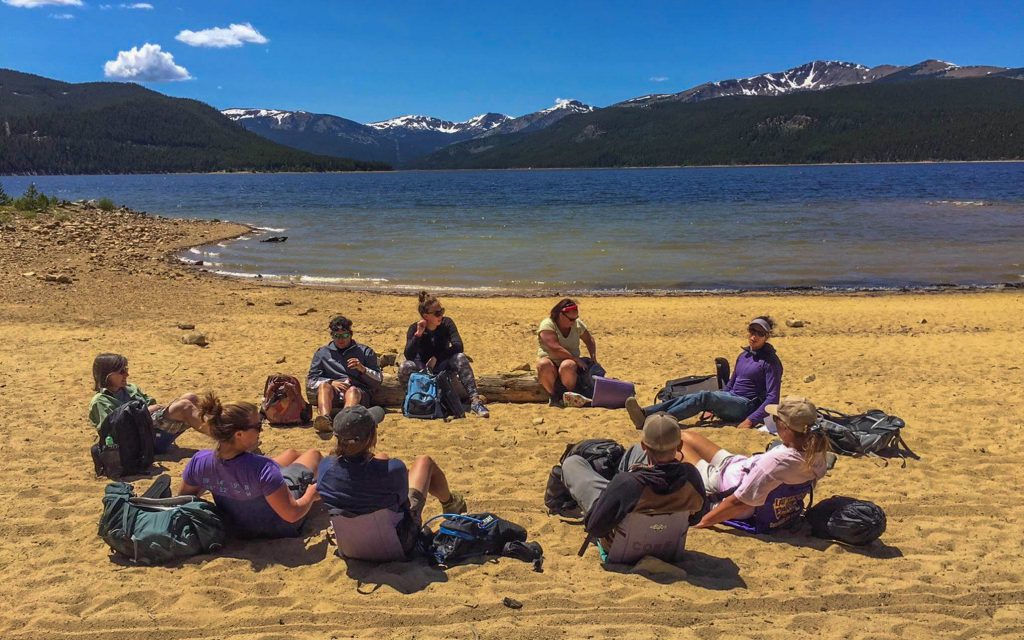
Photo by Bethany Frakes
3. Limit the forum.
This isn’t a time to address a laundry list of things the team doesn’t like about one another or bring up mistakes that have been made. Conflict resolution should be focused. If other issues arise, make a note and ask that the team revisit them at another time. We all have a limit as to how much constructive feedback we can take at once, and it’s lower than whatever you think it is.
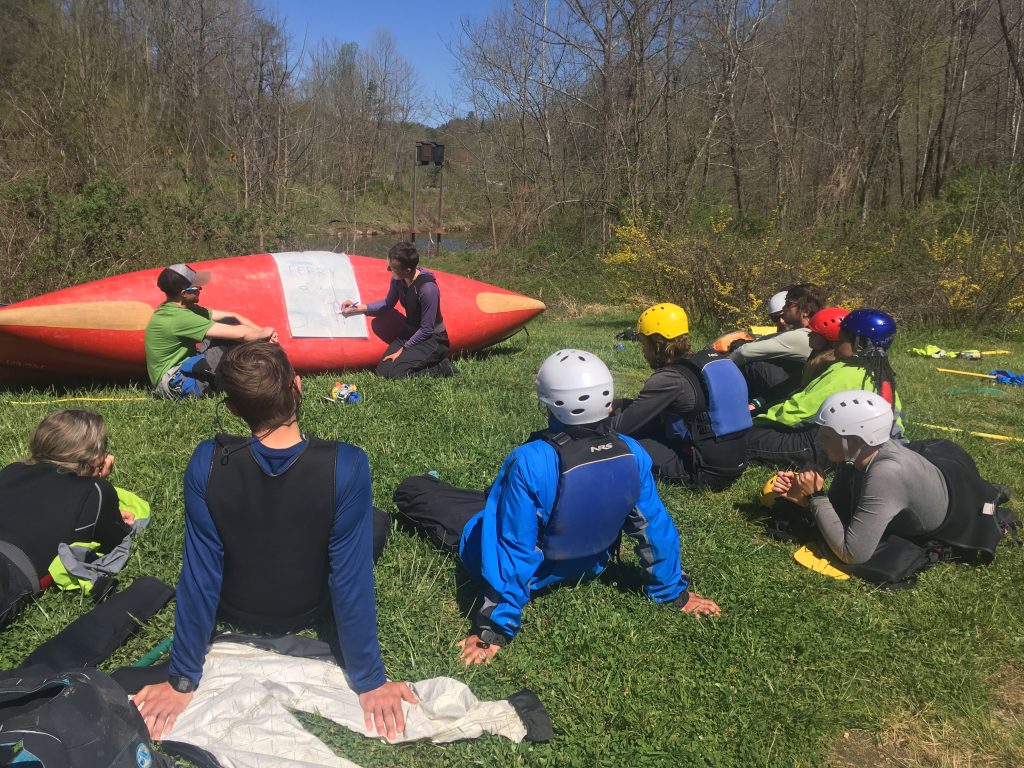
4. Use your power to empower others.
Provide structure to who speaks first and the order that follows. The aggrieved may need to speak first, or someone who wasn’t directly involved may be better able to set the tone. Limit responses and back-and-forth, which can quickly turn into arguing. Clarifying questions are helpful; defenses are not.
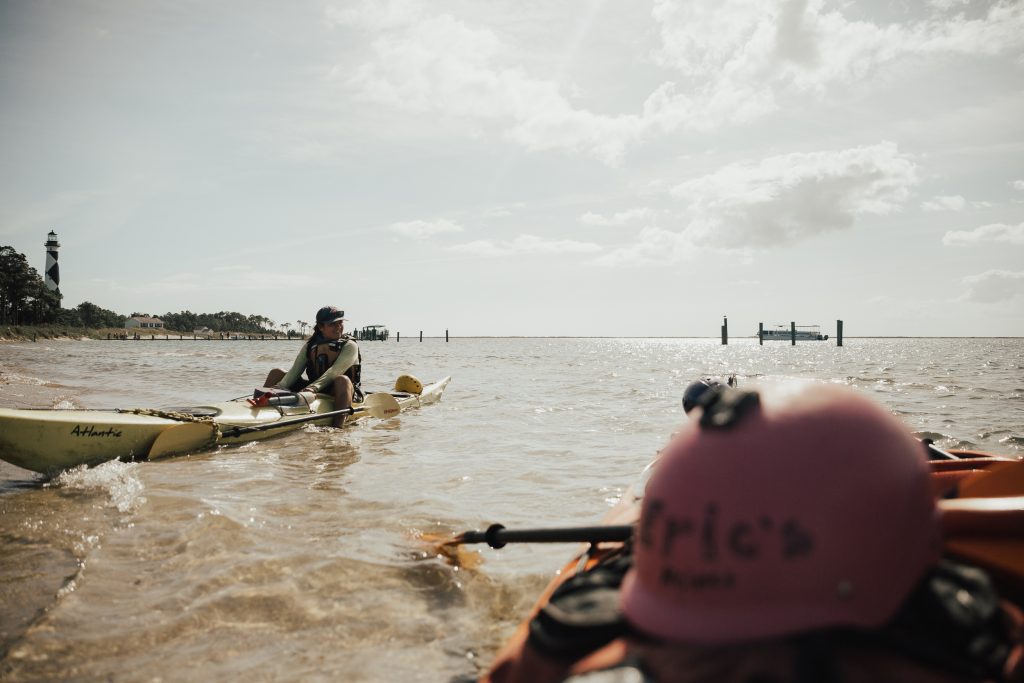
Photo by Instructor Rachel Veale
5. Encourage objectivity and “I” statements.
Share observations about what happened and feelings that resulted. “I feel hurt” owns your feeling, whereas “You hurt me” is an accusation. “I feel like you meant to do that” is not a feeling, even though it starts with “I feel.”
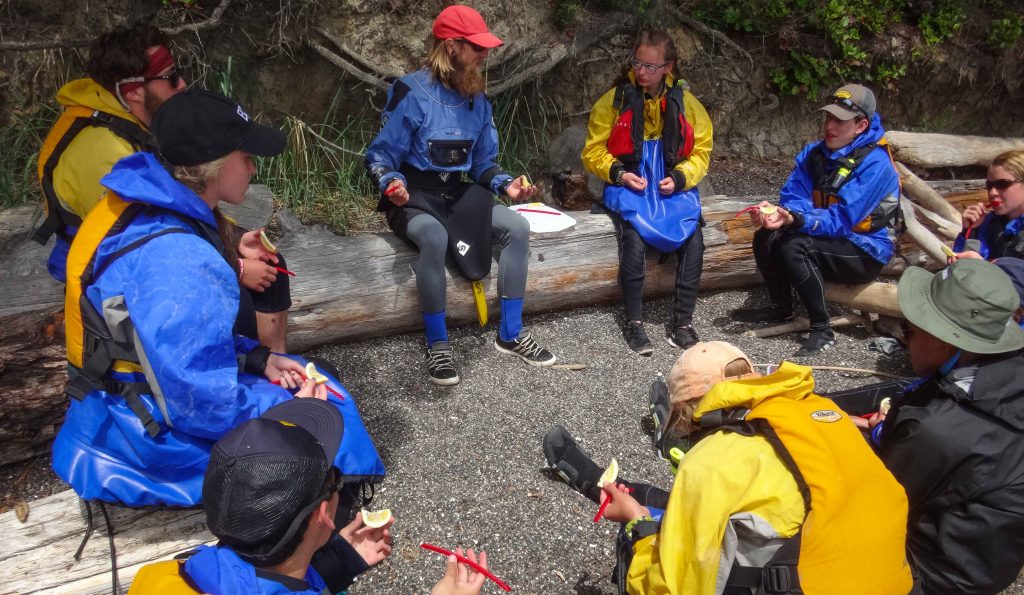
6. Make space for empathy.
Ask teammates to imagine or voice how others might feel. Not everyone will be able to empathize with their partner in conflict, but make space to attempt it.

Photo by Olivia Schneider
7. End with a plan for going forward.
Do this even if the plan is to continue the conversation in the future. My personal preference at the resolution of conflict is to cross the physical divide with a high five, fist bump or handshake, and genuinely thank people for their work in participating.
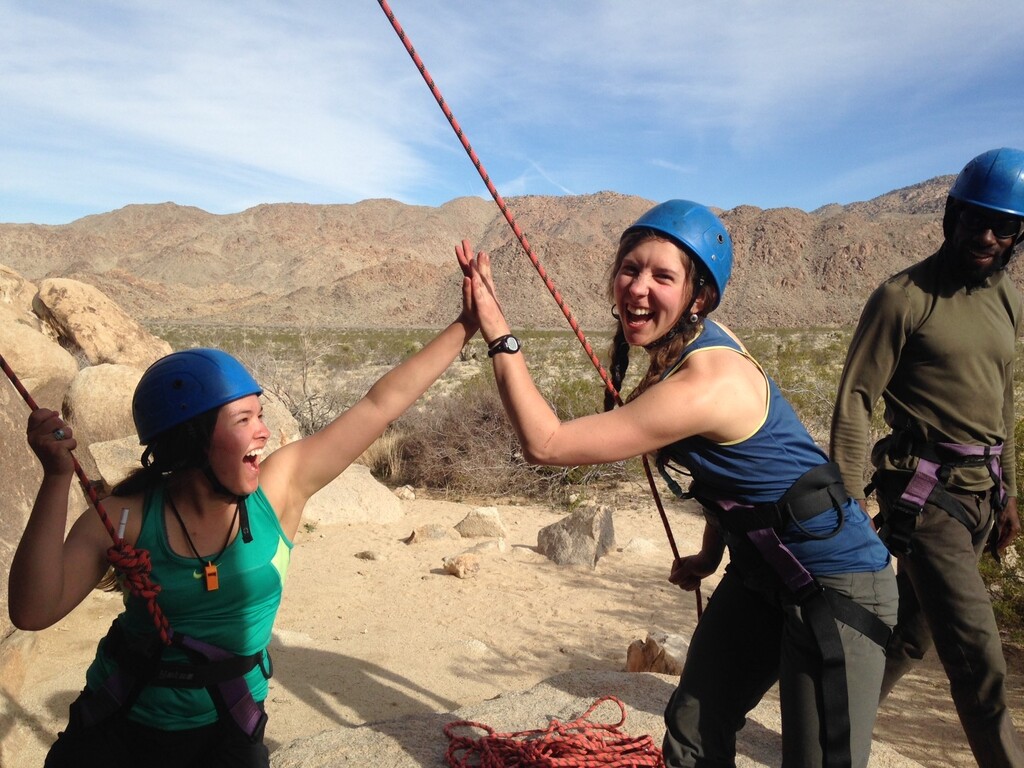
High fives are free! Support is given by Instructors and crew mates alike. Photo by Rikki Dunn.
How we respond to conflict can provide a new road map for our team. The nitty-gritty work of conflict resolution can be time-consuming and not nearly as dramatic as some might imagine. In the best scenarios, the end result is forgotten, as the team is simply able to move forward with their task, stronger as a result of the process.
About the Author
Renee Igo was an Outward Bound student at age 15, and has been instructing wilderness expeditions for the Voyageur Outward Bound School for the past eight years. When not instructing, she holds a variety of other teaching positions and raises sheep in Maine.
OTHER POSTS YOU MAY LIKE
Read More
Read More
Read More




